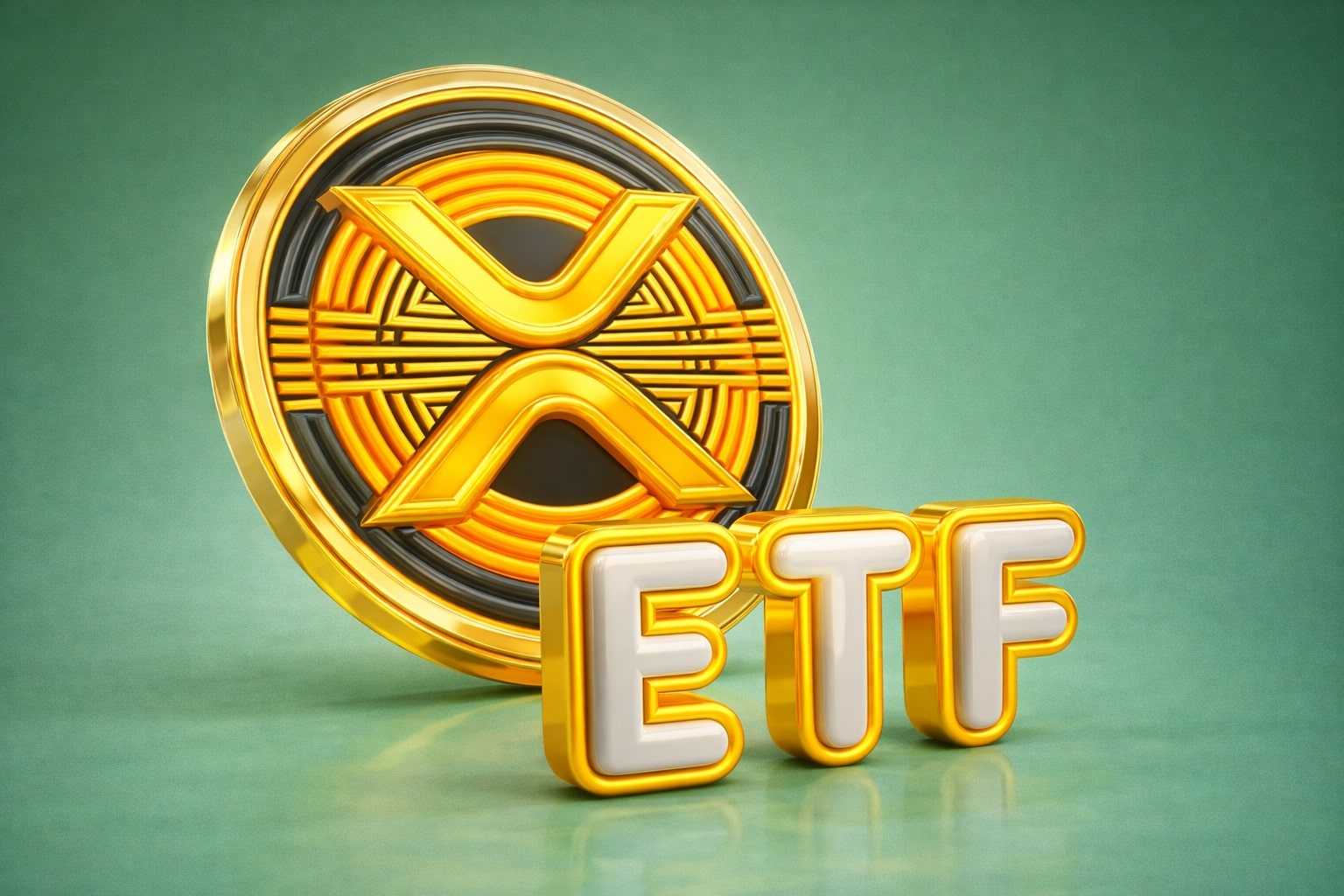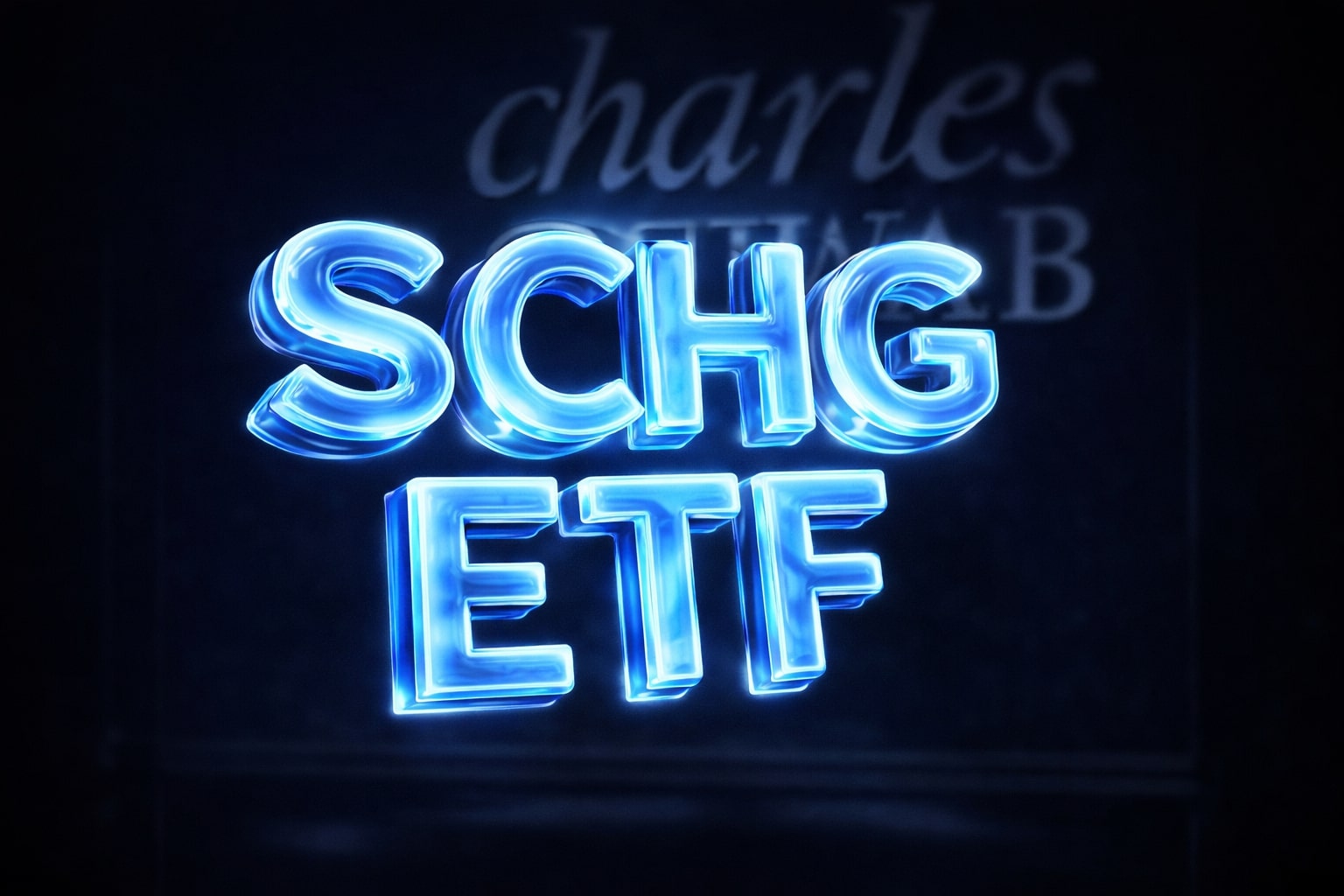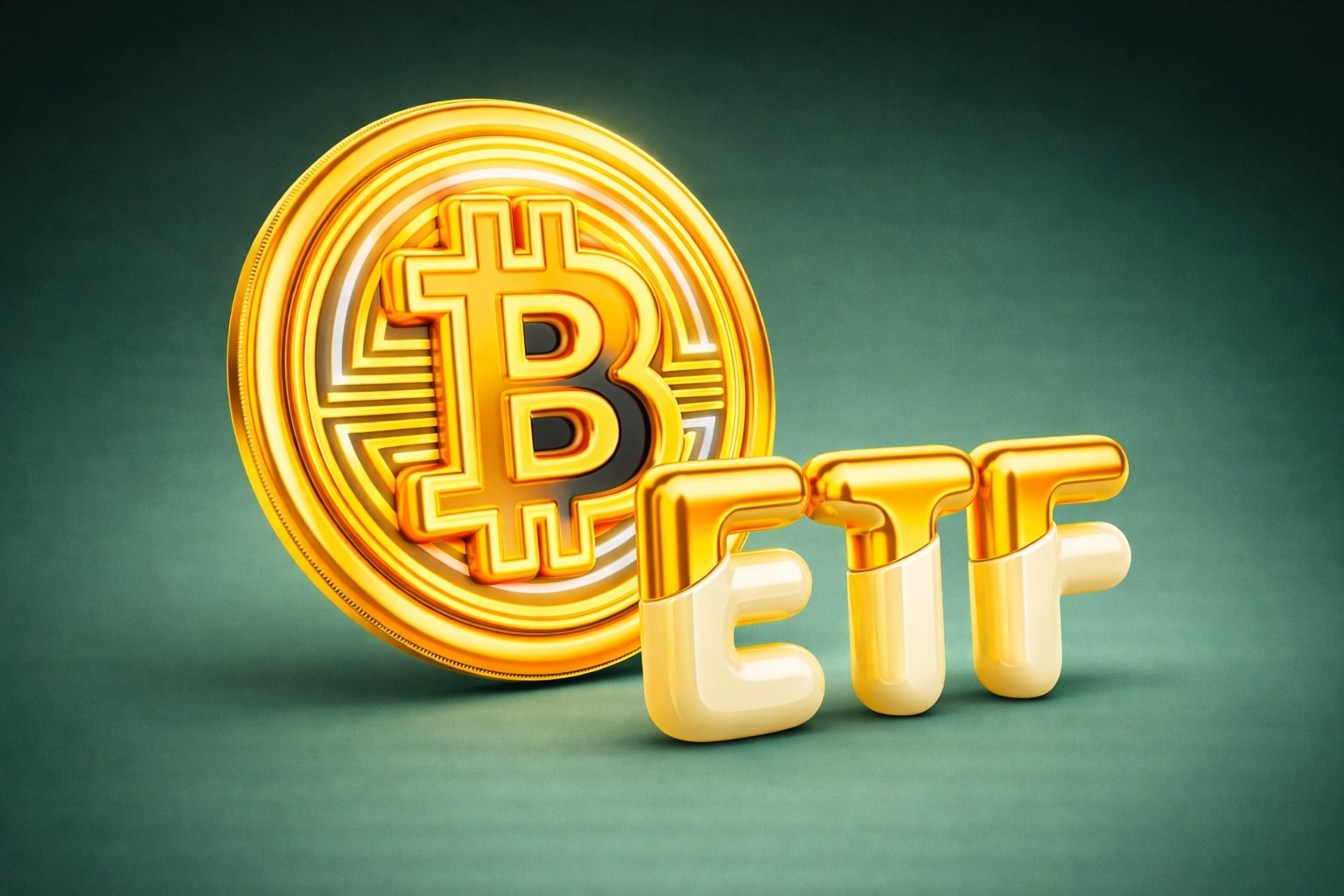
Copper Price Prediction: HG=F Climbs to $4.60 as Supply Strain Meets Fed Policy Shift
Fed easing, Chinese output decline, and electrification demand drive copper’s rally toward $5.00 despite tariff volatility | That's TradingNEWS
Copper Price Rally Reaches 15-Month High as HG=F Climbs on Fed Cut Bets
Fed Policy and Dollar Weakness Drive Momentum
Copper futures surged to levels not seen since mid-2024, with COMEX copper (HG=F) trading at $4.726 per pound, equal to $10,419 per metric ton, and London Metal Exchange contracts hitting $10,173 per ton. This move capped six straight sessions of gains as traders positioned ahead of the U.S. Federal Reserve’s widely expected 25 basis point rate cut. Markets are also pricing in the likelihood of two more cuts before year-end. A softer U.S. dollar amplified buying power for foreign currency holders, pushing capital into commodities like copper, while U.S. Treasury yields fell in tandem with weakening labor data. Historically, a synchronized decline in the dollar and monetary easing has driven copper toward the $5 per pound threshold, and investors are now evaluating whether similar conditions are forming.
China’s Supply Strain Amplifies the Rally
While Fed speculation ignited short-term buying, underlying supply tightness continues to anchor bullish sentiment. China, which accounts for roughly 45% of global refined copper output, reported a 4–5% production drop in September, equal to about 500,000 tonnes annualized. The decline follows the rollback of recycling subsidies that historically provided up to 25% of China’s copper inputs. With inventories in LME warehouses sitting 40% below five-year averages, the supply contraction is magnifying the rally’s force. Copper exports from China to Southeast Asia rose 23% as refiners sought to avoid tariff exposure, creating regional premiums of $50–$150 per tonne. The imbalance underscores how even modest disruptions in China ripple globally, tightening an already fragile market.
Tariffs and Geopolitical Risks Distort Trade Flows
Copper’s path has also been defined by shifting tariff policies. U.S. exemptions on refined copper but penalties on semi-finished products reshaped trade flows and lifted U.S. copper premiums to $200 per tonne above global benchmarks. This distorted arbitrage has pressured fabricators but rewarded vertically integrated players with value chain control. On the geopolitical front, U.S.-China negotiations in Madrid over broader trade tensions continue to add volatility. Washington has called for coordinated tariffs on Chinese goods linked to Russian oil imports, while Beijing escalated with a discrimination probe into U.S. chip policies. Against this backdrop, the metal has become increasingly sensitive to macro headlines, amplifying intraday volatility around the $10,000 per tonne level.
Electrification and Energy Transition Cement Long-Term Demand
Beyond short-term speculation, copper’s structural demand outlook remains anchored in electrification. Electric vehicles require 25–50 kilograms of copper per unit, compared to 8–12 kilograms in combustion cars, with EV output expected to surpass 30 million units annually by 2030. Solar installations consume 5.5 tonnes of copper per megawatt, and the IEA projects 5,400 GW of new solar capacity this decade. Grid modernization adds further strain, with the U.S. Inflation Reduction Act earmarking $65 billion for transmission upgrades and China allocating $440 billion in its 14th Five-Year Plan. These projects collectively imply incremental demand of several million tonnes, dwarfing the supply additions visible in the pipeline. Industry ore grades have already declined 40% since 1990, raising production costs and stretching timelines, while new projects require more than $3 billion in capex and 12–15 years of lead time.
Read More
-
SCHG ETF Near $33 High As AI Giants Drive 19% 2025 Rally
01.01.2026 · TradingNEWS ArchiveStocks
-
XRP-USD Stuck At $1.87 As XRPI Near $10.57 And XRPR Around $14.98 Despite $1.16B ETF Wave
01.01.2026 · TradingNEWS ArchiveCrypto
-
Natural Gas Price Forecast - NG=F Slides Toward Key $3.57 Support As Ng=F Extends 33% Drop
01.01.2026 · TradingNEWS ArchiveCommodities
-
USD/JPY Price Forecast - Yen Near 156 As Fed Cuts Meet Boj Hawkish Turn
01.01.2026 · TradingNEWS ArchiveForex
Mining Equities React as HG=F Tests $10,180
Equities of major producers moved in tandem with the price spike. Southern Copper (SCCO) jumped 3.5%, Rio Tinto (RIO) gained 1.1%, and Teck Resources (TECK) rose 1.1%, while BHP (BHP) traded marginally lower. Freeport-McMoRan (FCX), heavily exposed to the Grasberg mine in Indonesia, saw limited upside as rescue operations continued for workers trapped by a mudflow. Canadian names like Hudbay Minerals (HBM) advanced 1.4%, reflecting investor appetite for exposure outside of Asia. Futures positioning supports this equity momentum, with managed money holding net longs of 68,000 contracts, near multi-year highs, and copper-focused ETFs pulling in $2.3 billion in flows this year—a 45% increase from 2024.
Technical Levels and Short-Term Forecast for HG=F
Technically, HG=F is trading in a bullish channel, consolidating above $4.60 per pound after briefly hitting $4.726. Resistance is forming at $4.75, with a breakout potentially targeting $5.00 per pound, the level last seen in 2021. Support sits near $4.50, with deeper downside risk toward $4.26 if momentum stalls. Economies.com models suggest a trading band between $4.50 and $4.75 this week, with the trend bias clearly bullish. A sustained move above $10,200 per ton on the LME would validate another leg higher toward $10,500, aligning with the macro thesis of easing Fed policy and constrained Chinese supply.
Investment View: Copper at an Inflection Point
The convergence of Chinese supply contraction, Fed-driven dollar weakness, and accelerating demand from electrification creates conditions supportive of higher copper prices through 2026. With HG=F stabilizing around $4.60 and testing $4.75 resistance, the risk-reward skew favors upside, though volatility around tariffs and trade negotiations remains a critical risk factor. At current valuations, copper equities still trade below historical enterprise value per resource pound metrics, suggesting re-rating potential if deficits materialize as projected. The data indicates copper remains a Buy on structural fundamentals, though tactical pullbacks are likely before the metal sustains a breakout above $5.00 per pound.



















